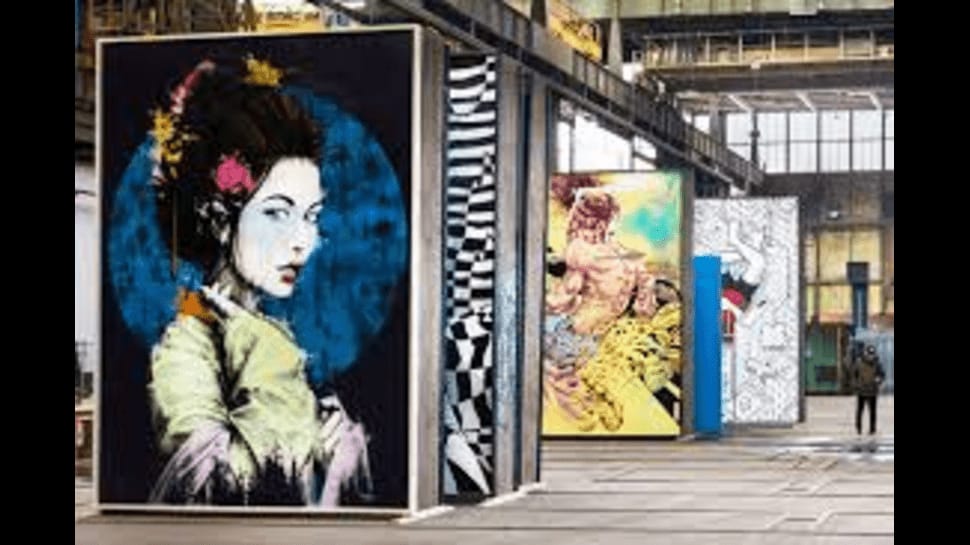The evolution of street art from its underground origins to mainstream recognition has been a fascinating journey that has transformed the way we perceive and appreciate urban art. In this article, we delve into the rich history and cultural significance of street art, tracing its trajectory from graffiti-covered alleyways to prestigious gallery walls, and exploring the impact of this art form on society, culture, and the art world at large.
At its core, stress art embodies a spirit of rebellion, self-expression, and social commentary that challenges conventional norms and disrupts traditional options of artistry. Emerging from the streets and alleys of urban landscapes, street art has served as a powerful medium for artists to voice their opinions, convey messages and engage with the public in unconventional ways. Graffiti, one of the earliest forms of street art, as long been associated with subversion, activism, and cultural resistance, reflecting the raw energy and urgency of artists seeking to make their mark on the world.
Over the years, street art has transcended its underground roots to gain recognition and appreciation within the mainstream art world. What was once considered vandalism is now celebrated as a legitimate form of artistic expression, with renowned street artists like Banksy, Shepard Fairey, and Invader Gaining international acclaim for their provocative and thought-provoking works. Galleries, museums, and art institutions have embraced street art, showcasing it alongside more traditional art forms and recognizing its cultural significance and artistic merit.
The transition of street art from the streets to gallery walls has sparked debates about the commodification of this art form. While some argue that bringing street art into galleries dilutes its authenticity and rebellious spirit, others see it as a natural progression that allows artists to reach a broader audience, gain recognition, and sustain their artistic practice. Street art exhibitions, art fairs, and auctions have become increasingly popular, attracting collectors, curators, and art enthusiasts who are drawn to the edgy, dynamic, and socially relevant nature of street art.
Moreover, the impact of street art extends beyond the confines of the art world to influence urban culture, community development, and social change. Street art has the power to transform public spaces, spark conversations, and inspire activism, serving as a catalyst for dialogue, reflection, and empowerment within communities. Murals, installations, and street art festivals have revitalized neighbourhoods, beautified cities, and fostered a sense of identity and belonging among residents, demonstrating the transformative potential of art in shaping our environment and collective consciousness.
In conclusion, the journey of street art from graffiti-covered streets to gallery walls is a testament to the resilience, creativity, and cultural significance of this art form. By bridging the gap between the underground and the mainstream, street art has challenged perceptions, ignited imaginations, and redefined the boundaries of artistic expression. As street art continues to evolve and inspire, it reminds us of the power of art to transcend boundaries, unite communities, and shape the world around us in meaningful and profound ways.
















